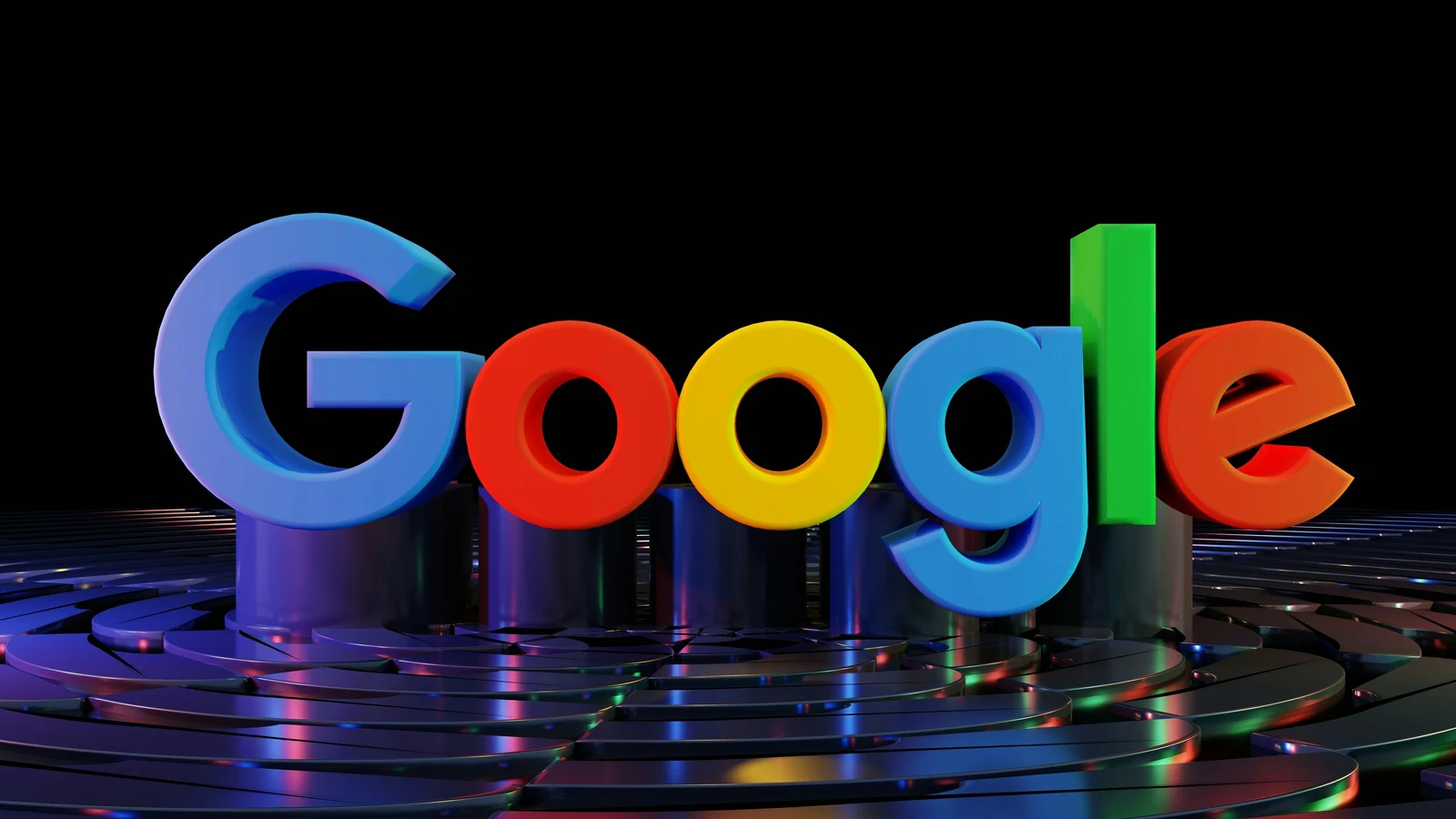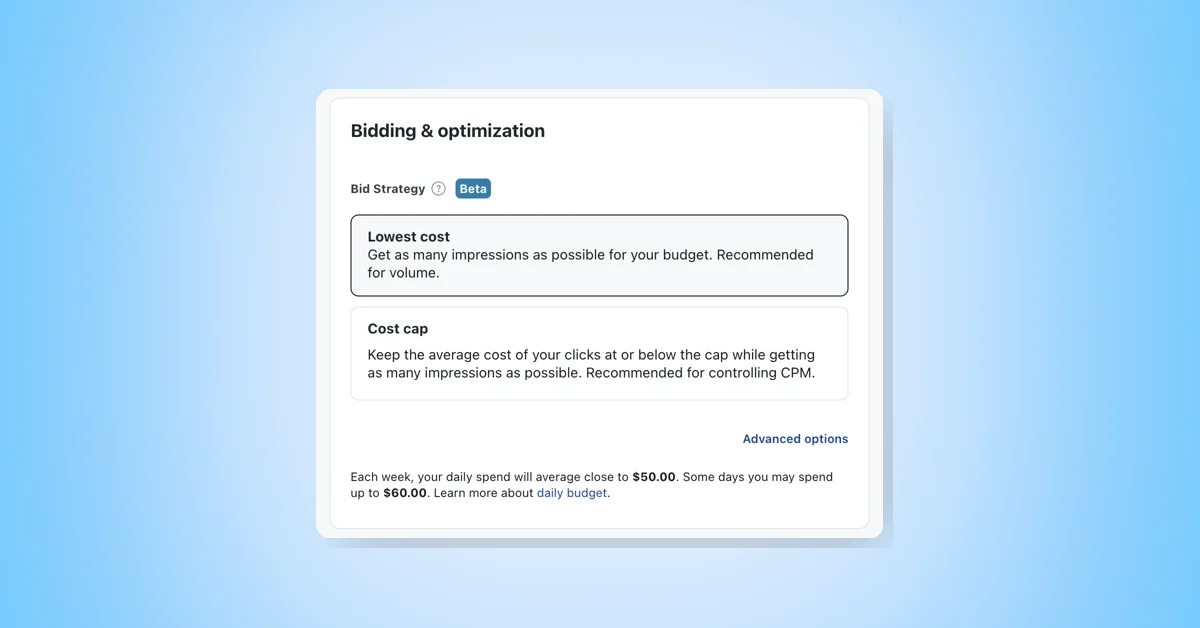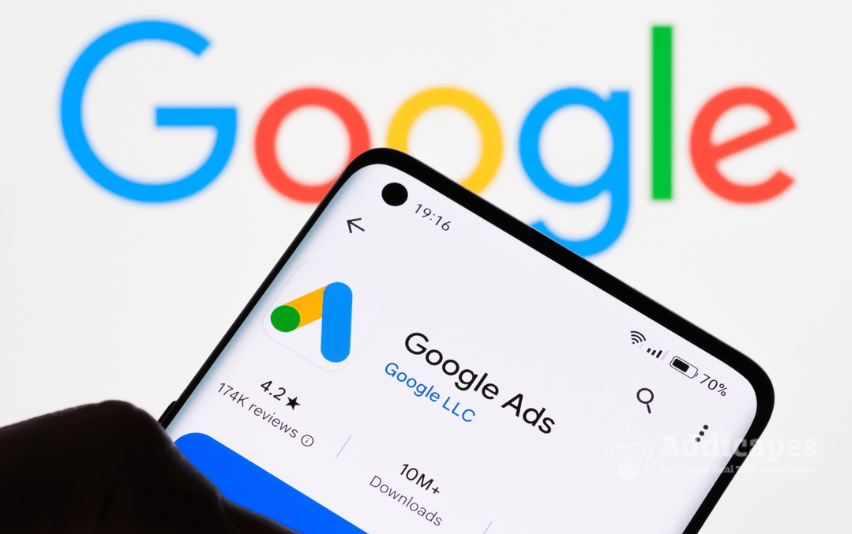In a digital world where teens spend hours daily on platforms like Instagram, TikTok, and Snapchat, one question keeps returning: Are social media platforms doing enough to protect underage users? With rising concerns around online safety, mental health, and explicit content, governments and regulators are tightening laws around teen access to social platforms—and tech giants are finally responding.
This blog dives deep into the latest trend: age verification in social media, why it matters, which platforms are making changes, and how this affects users, brands, and the future of digital safety.
The Growing Pressure for Age Verification on Social Media
Age verification isn’t a new concept, but teen safety regulations in the USA, UK, and EU have recently intensified pressure on social networks to enforce it more rigorously.
Key Reasons Behind the Shift:
- Increased mental health issues linked to social media usage in teens.
- Exposure to adult content and unsafe online communities.
- Legal requirements like the UK’s Children’s Code, COPPA (Children’s Online Privacy Protection Act), and the EU Digital Services Act.
Governments worldwide are demanding more transparency, and failure to comply can lead to massive fines and platform restrictions. For example, Meta (Facebook & Instagram) was recently fined in the EU for violating children’s data privacy laws.
Platforms Leading the Age Verification Movement
Let’s explore how top platforms are embracing (or resisting) this wave of change:
Meta (Instagram & Facebook)
Meta has rolled out AI-powered facial recognition and ID uploads for age checks on Instagram. They’ve also introduced “parental nudges” and teen-specific safety features, such as restricted DMs and curated content.
TikTok
TikTok is working with third-party verification tools and enhancing in-app prompts for age confirmation. The platform now shows warnings when underage users attempt to access mature content and restricts direct messaging for users under 16.
Snapchat
Snapchat recently updated its Family Center, giving parents insights into their teens’ contacts. It has also partnered with government bodies to build stronger age-gating mechanisms and prevent underage account creation.
YouTube
YouTube Kids remains separate, but Google is adding age-sensitive ad targeting limits and content filters for teen users. They’re integrating AI to detect fake ages during sign-up.
How Are Platforms Verifying Age?
There’s no one-size-fits-all solution. Here’s how social platforms are currently verifying users:
| Method | Description |
|---|---|
| Self-declared age | Users manually enter DOB—easily bypassed, least reliable |
| Government ID uploads | Users upload passport or license for verification—secure, but privacy risky |
| Facial analysis/AI tools | Detects estimated age through facial features—non-invasive but controversial |
| Mobile carrier verification | Matches account details with telecom providers—secure but region-limited |
Many of these options face criticism over user privacy, data collection, and potential bias in AI tools. Still, experts argue that some verification is better than none—especially when it comes to protecting minors from inappropriate content.
Why It’s Crucial for Brands and Marketers
This change in digital safety regulations doesn’t just impact users—it’s a big deal for brands too.
Here’s how:
- Ad Targeting Limitations: Brands can no longer target certain age groups (e.g., under 18) with personalized ads.
- Audience Shifts: As platforms introduce stricter filters, younger users might be removed, shifting the content strategy needed.
- Compliance Risks: If your content targets a teen demographic, you must ensure it follows teen advertising policies and platform-specific guidelines.
Parental Involvement Is Now a Norm
Almost every platform is now pushing parental control tools, enabling guardians to:
- Monitor screen time.
- Control content access.
- View who their teens interact with.
- Approve or deny app features.
Apps like Instagram’s Family Center and Snapchat’s Parent Tools are designed to give parents more say in what their kids see online.
This aligns with the broader push for digital wellbeing and screen time regulation, particularly among Gen Z.
Legal Frameworks Driving the Change
To understand this shift better, here are the laws fueling this age verification push:
- COPPA (USA) – Requires parental consent for users under 13.
- Children’s Code (UK) – Demands high privacy standards for under-18 users.
- DSA (EU) – The Digital Services Act includes strict age-checking mandates and platform accountability.
Tech companies are now required to prove they’re doing their part, or face regulatory backlash.
The Road Ahead: Safer Social Media or Overreach?
Some argue that age verification can alienate young users or push them toward unregulated platforms. Others worry about facial recognition abuse and potential data leaks. But the overarching consensus is that safeguarding teens online is more important than ever.
Platforms must now strike a delicate balance between:
- User experience
- Legal compliance
- Teen mental health
- Data privacy
As age verification becomes the norm, expect to see more innovation in non-invasive age detection technologies and stronger privacy-first verification protocols.
Age verification is no longer optional—it’s a necessity. As laws tighten and user awareness grows, social platforms must prioritize digital safety over engagement metrics. For users, parents, and brands alike, this change brings more trust, transparency, and accountability to the online experience.
Social platforms are no longer just a place to scroll—they’re becoming a safer, smarter space for the next generation.













